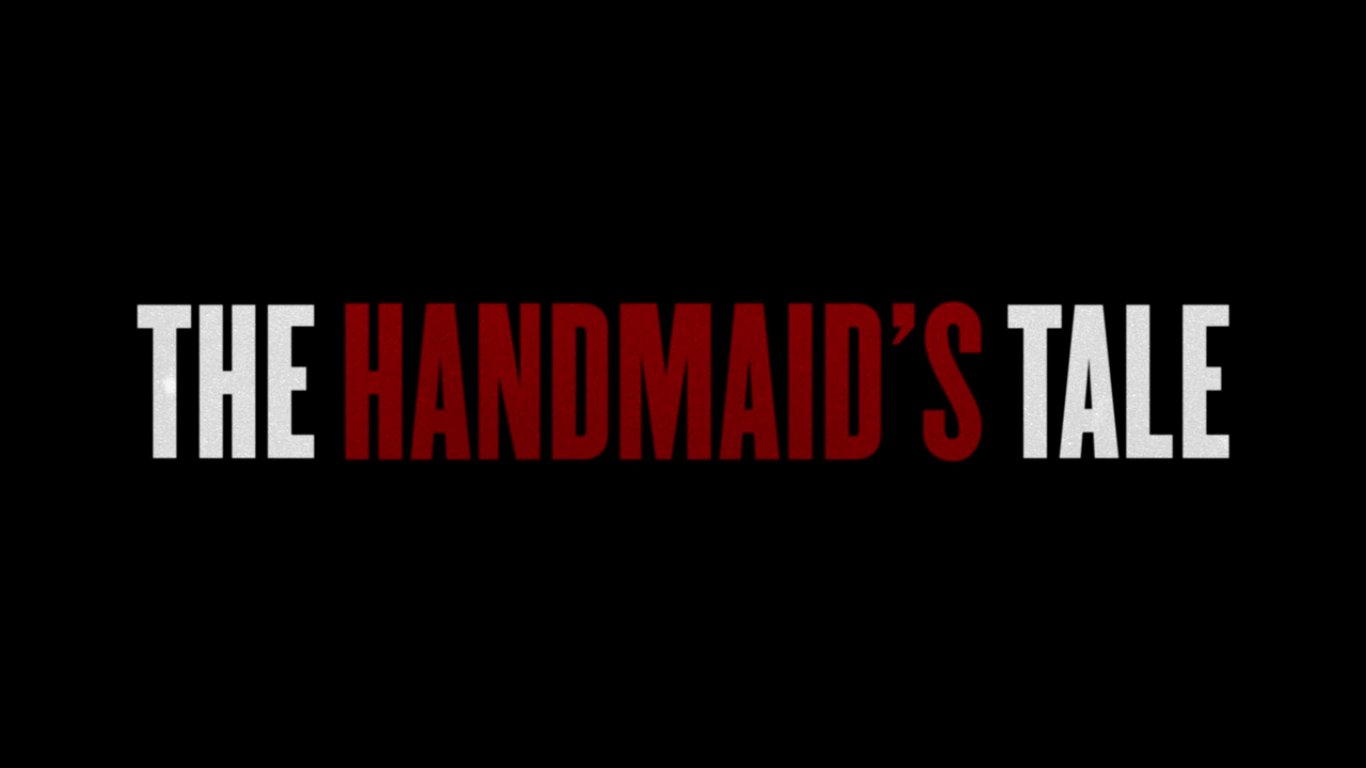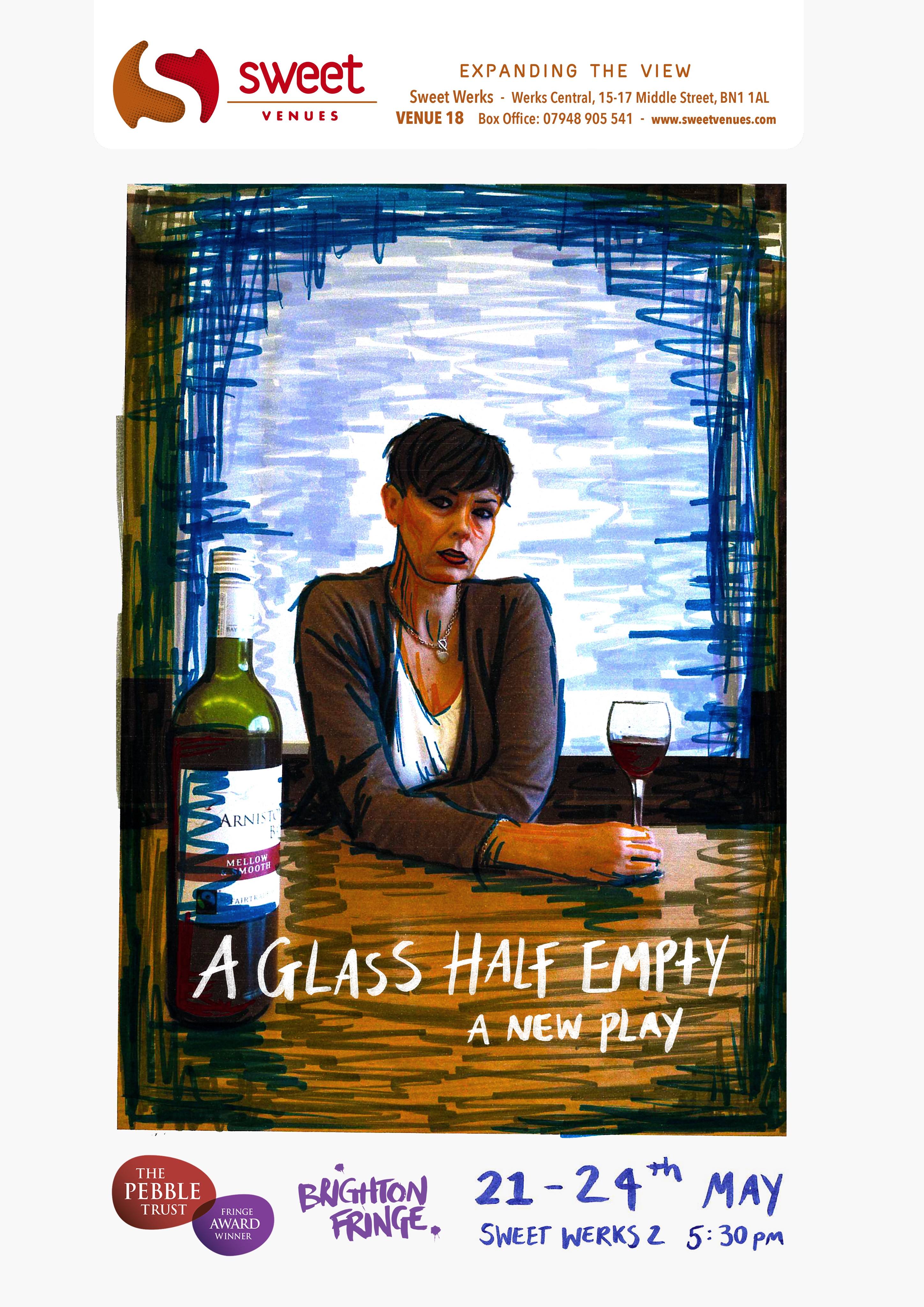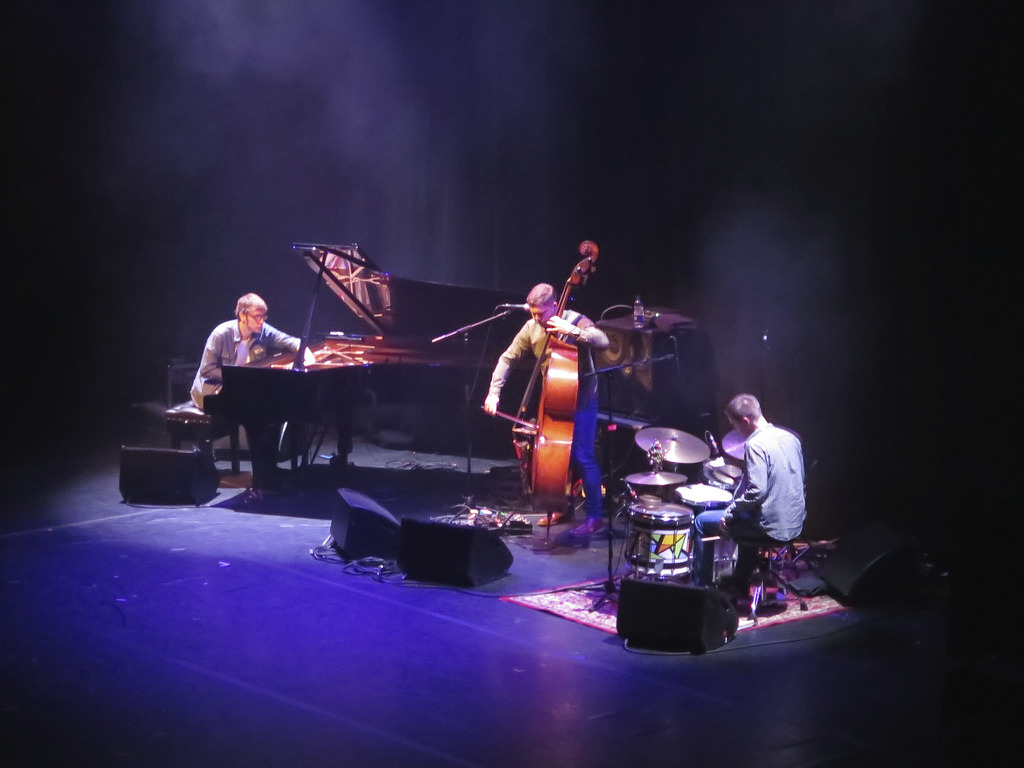Bruce Miller’s Hulu adaptation of award-winning classic ‘The Handmaid’s Tale’ has found an upsurge in fans since its release date on 26th April 2017. Yet when pitting the series and the original novel against each other the secrets to both their successes really shine.
(Warning: contains spoilers).
Here are a few of the major controversial clashes between the book and series.
Setting
The book: The narrative takes place in a recently transformed city called the ‘Republic of Gilead’, formally known as Massachusetts. Despite the multiple references to 70s pop culture the setting remains ambiguous. The narrative becomes a strange composition of oversaturated 70s culture contrasted with nightmarish visions of a distorted reality. At the premise this seems so far removed from us, but as you go on this becomes dreadfully close.
The series: Also set in Massachusetts, but unlike the book in the present day (seen by the references to Tinder and Uber). The series switches between flashbacks of “free” US citizens and present day oppressed handmaids in Gilead – although the distinction is not always so clear. Episode Three’s flashback episode ‘The Most Brutal yet’ pans to a scene where Offred, played by Elizabeth Moss and Moira, played by the incredibly sarcastic Samira Wiley are in a coffee shop, being slut shamed. Admittedly, this is done for plot line reasons, yet this is where the two worlds begin to blur.
Ofglen
The book: Ofglen’s character (Alexis Bledel) is not a massive presence in the novel, although in her small way she does symbolise a form of political resistance. Her sexuality is not explored or even really that important in the novel. Instead, Atwood explores the minor voices of oppression, a hopeful, slightly nihilistic approach to social revolution.
The series: Ofglen is decidedly more defiant in the series; our discovery of her sexuality becomes a form of sexual representation as well as her motivation to escape. Her experiences of prejudice, including the disturbing depiction of female mutilation embodies some of the less talked about Feminist issues of today.
Race
The book: Controversially, there is no mention of race, despite the book’s reference to the ‘children of ham’, an image depicting darker skinned bodies. Even the names used to show ownership are taken from black slaves in America. The reference to slavery without showcasing its primary group raises all sorts of questions for a modern audience.
The series: The series seems to recognise the book’s discrepancies and includes non-white cast members, including Samira Wiley, as Moira from the hit Netflix series ‘Orange is the new black’ . Despite this, the issue of race is still not as explicit as it could be, instead the feminist struggle monopolises the show.
Verdict
The industry of adaptation is a tricky one. In the pursuit of pacifying Atwood’s die-hard fans, television can fall short. Luckily, director Bruce Miller does not fall into this trap.
The series manages to adapt the dystopian classic into a new art form. It works alongside the novel rather than struggling against it and in doing so creates an updated lens to look at the world.
The classic novel and Hulu’s tv adaptation are not at war, but rather work well together to create a brilliantly perverted mirror, merely daring us to look through.
Next series airs 3rd May 2018 on Hulu.
Featured Image: Wikipedia




